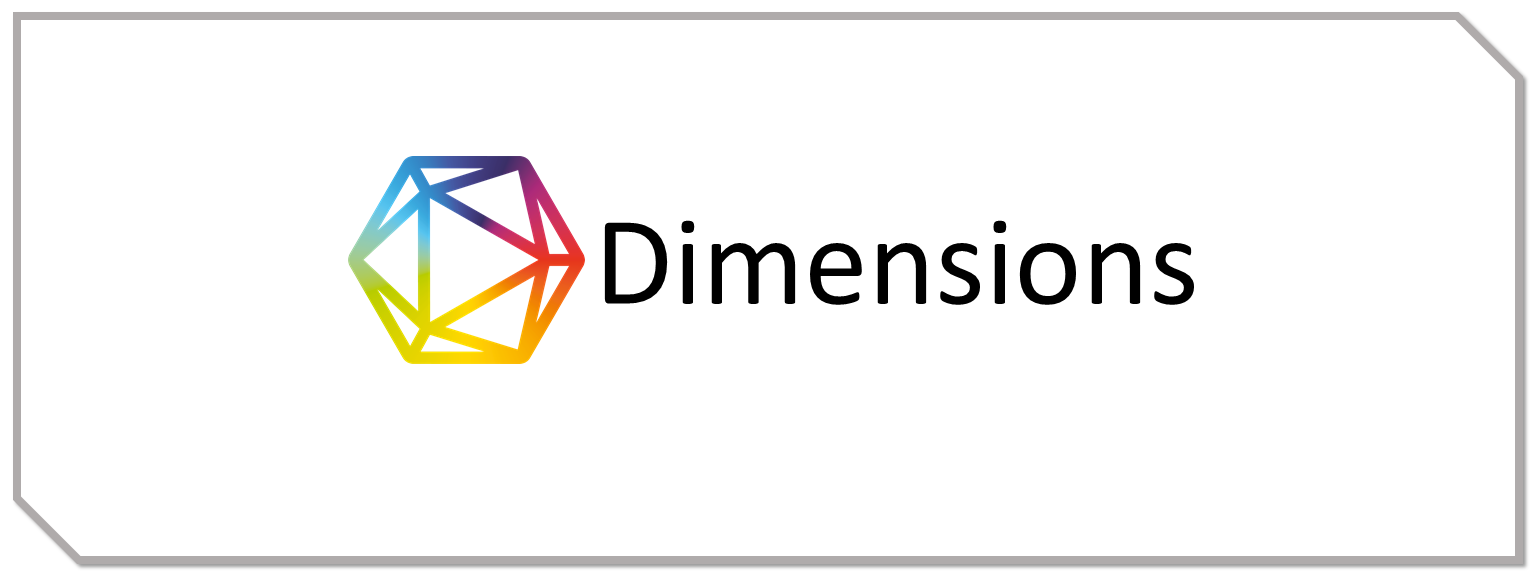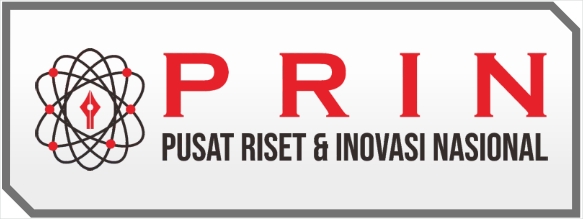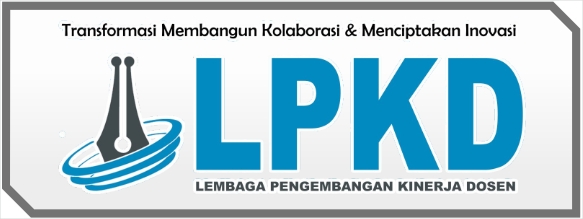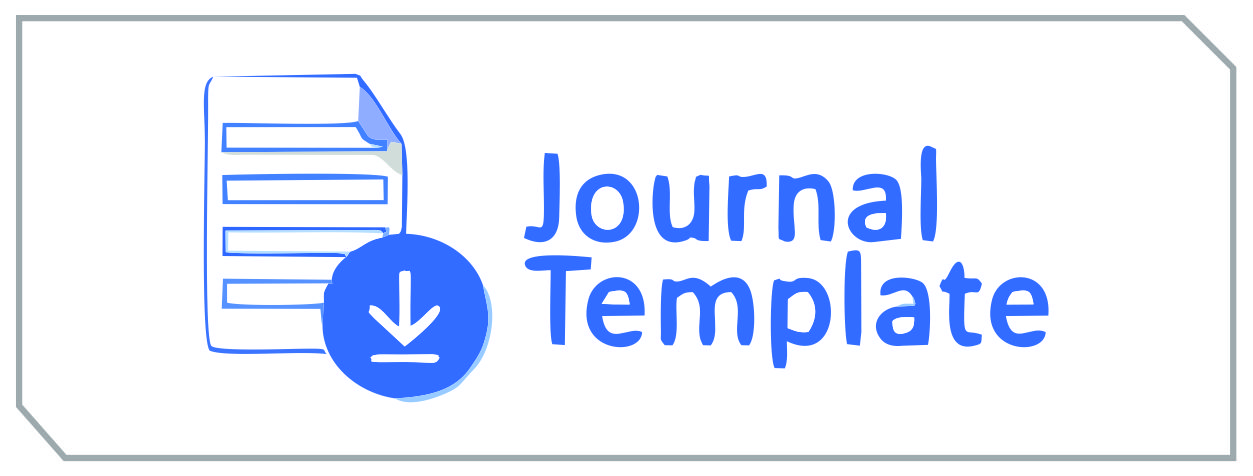HUBUNGAN ANTARA POLA MAKAN DENGAN STATUS GIZI BALITA USIA 1-4 TAHUN DI DESA HUTA III TANJUNG PASIR KABUPATEN SIMALUNGUN
DOI:
https://doi.org/10.55606/jurrikes.v1i2.391Keywords:
Diet, Nutritional Status, ToddlerAbstract
Assessment of food consumption can be used to determine the amount and source of nutrients eaten. This can help show the supply of nutrients in the body that is sufficient or less regular with balanced nutrition that supports stamina and body health, especially for children. This habit supports physical and mental growth. Familiarizing children with healthy eating patterns is easy. Many parents complain about their children's poor eating habits, such as refusing to eat rice complete with side dishes, choosing only sweet foods or refusing to eat the same for various reasons. Of course it makes parents worry about the development of the baby (Luchan, 2014). The results of the research obtained, can be seen from research on 32 respondents about the relationship between diet and nutritional status in toddlers aged 1-4 years in Huta III Village Tanjung Pasir Simalungun Regency can be drawn as follows: Based on the largest frequency of eating respondents have a good frequency of eating as many as 25 people (78.12%), respondents have a frequency of eating that is not good that is 7 people (21.88%). Based on the portion of food the majority of respondents had a good portion of food, namely 21 people (65.62%), the portion of food that was not good was 11 people (34.38%). Based on the main food, respondents have a good type of food, namely 19 people (59.38%) and 13 people (40.62%).
References
Almatsier, Sunita. (2004). Prinsip Dasar Ilmu Gizi. Jakarta : Gramedia Pustaka Utama.
Arisman, M.B. (2007). Gizi Dalam Daur Kehidupan. Jakarta : EGC.
Bertron, Patricia dkk. (2003). Manfaat Keamanan dan perencanaan Menu Anak. http://www.vegetarian.com,dibuka tanggal 13 Februari 2015.
Depkes RI, (2005). http://www.puskesmas-oke.blogspot.com/2009/01/pola-makan-1.html
Dewi,Lanny.Polamakansehat.http://www.rumahsakitmitrakemayoran.com/pola-makan-sehat-dan-gaya-hidup-yang-benar/dibuka tanggal 13 Februari 2015.
Dianzalove. (2009). Definisi Gizi. http://dianzalove.blogspot.com/2009/11/definisi-gizi-dan-stres.html.
Francin, (2006). Gizi Dalam Kesehatan Reproduksi. Jakarta : EGC.
Luchan, (2008). Pola Makan Anak. http://www.okezone.com.dibuka tanggal 13 Februari 2015.
Mansjoer, Arif dkk. (2009). Kapita Selekta Kedokteran. Jakarta : Media Aesculapius.
Notoadmodjo, Soekidjo. (2007). Pengantar Kesehatan Masyarakat. Edisi 2. Jakarta: Rineka Cipta
Sulistyoningsih, Hariyani. (2010). Gizi Untuk Kesehatan Ibu dan Anak. Yogjakarta : Graha Ilmu.
Winarno, F.G. (2004). Kimia Pangan dan Gizi. Jakarta : Gramedia Pustaka Utama.
Yono. (2011). http://www.yonokomputer.com/2011/04/gambaran-status-gizi-ditinjau-dari-pola_17.html
Masnidar. (2010). http://f4jar.multiply.com/journal/item/151/pemberian_makan_BALITA
Raditya. (2008). http://creasoft.wordpress.com/2008/05/01/status-gizi-versi-kms/
Tanjung. (2011). http://organisasi.org/hidup-dengan-pola-makan-sehat-untuk-kesehatan-tubuh-fisik-dan-mental
















